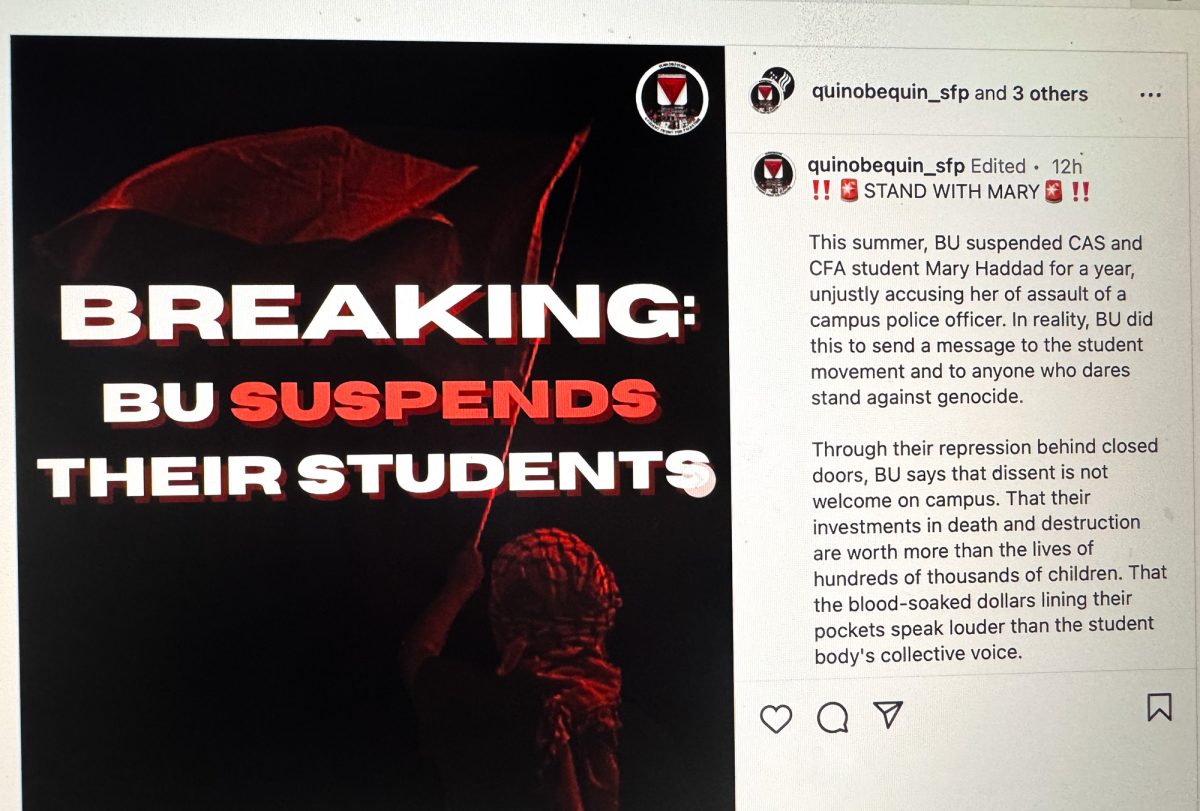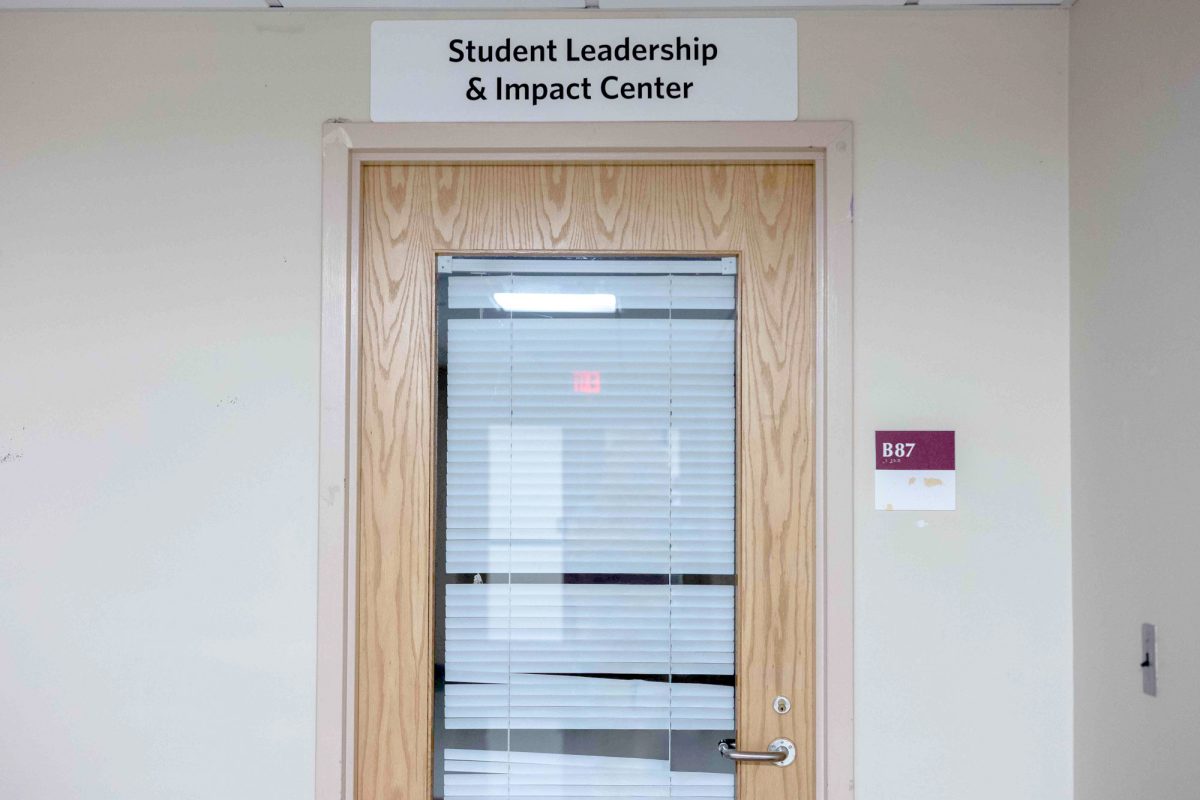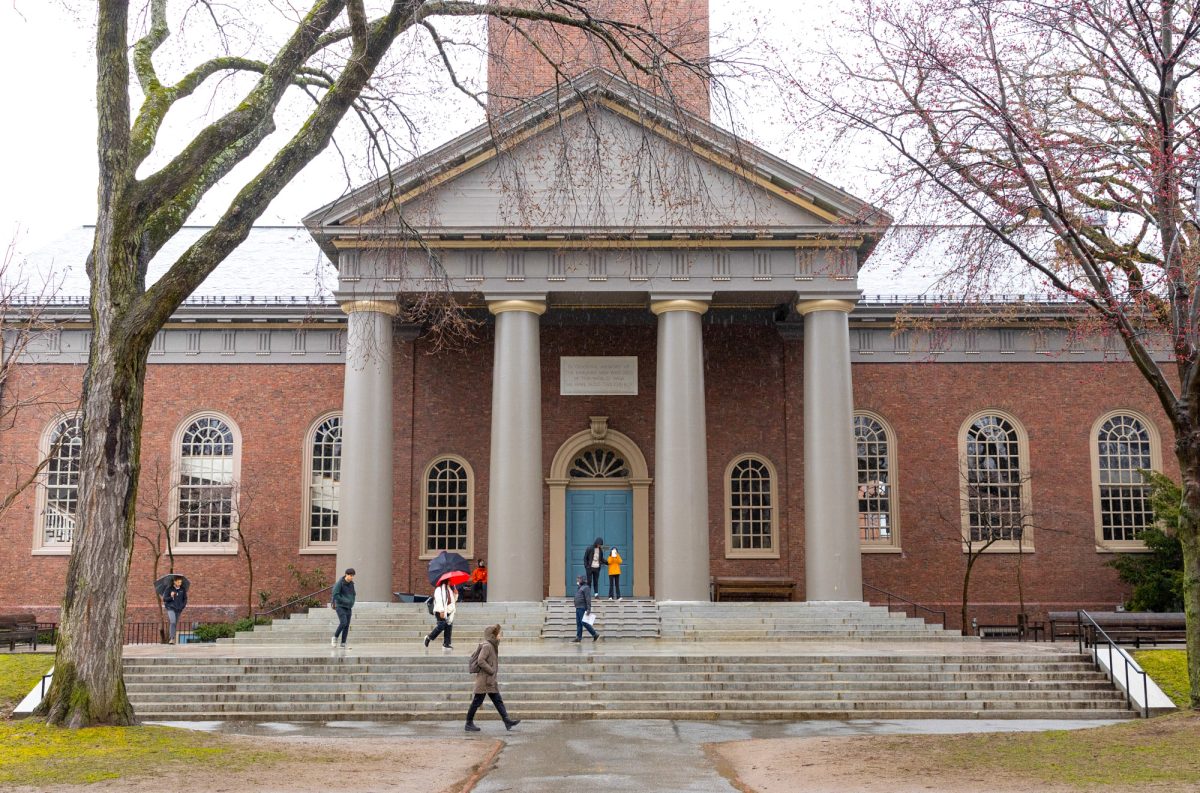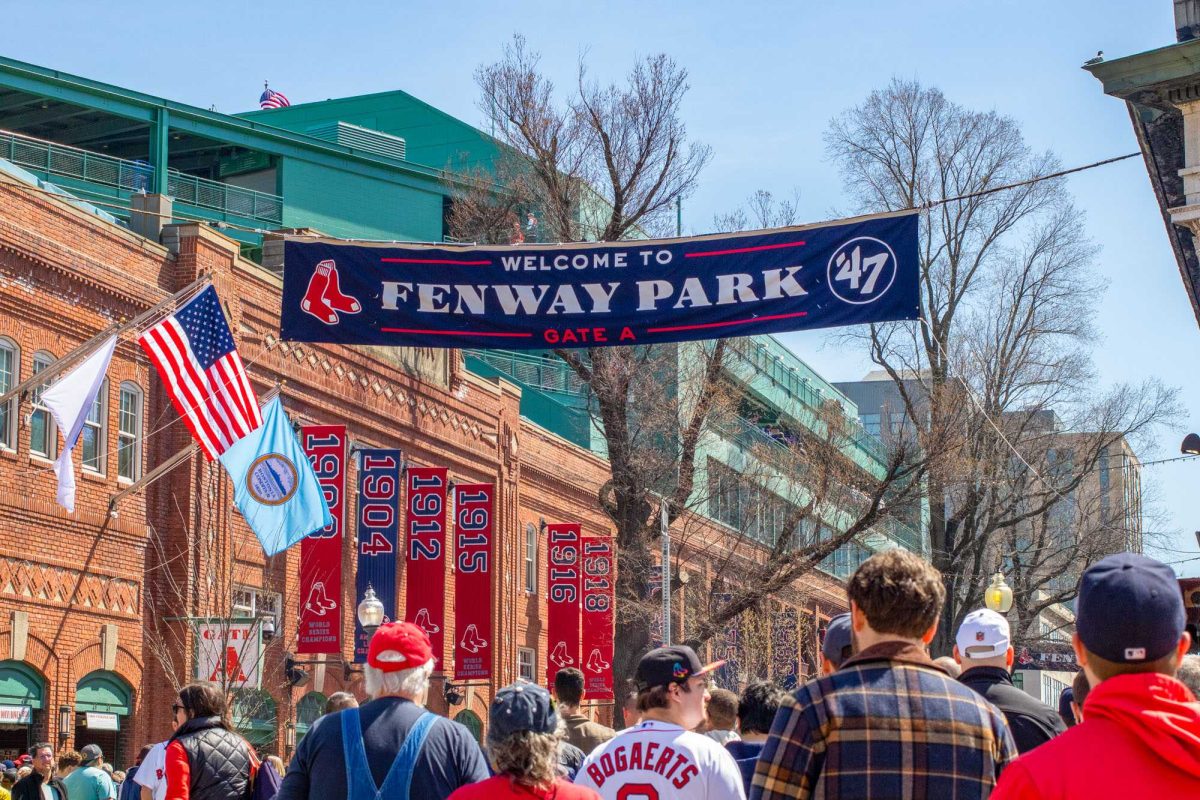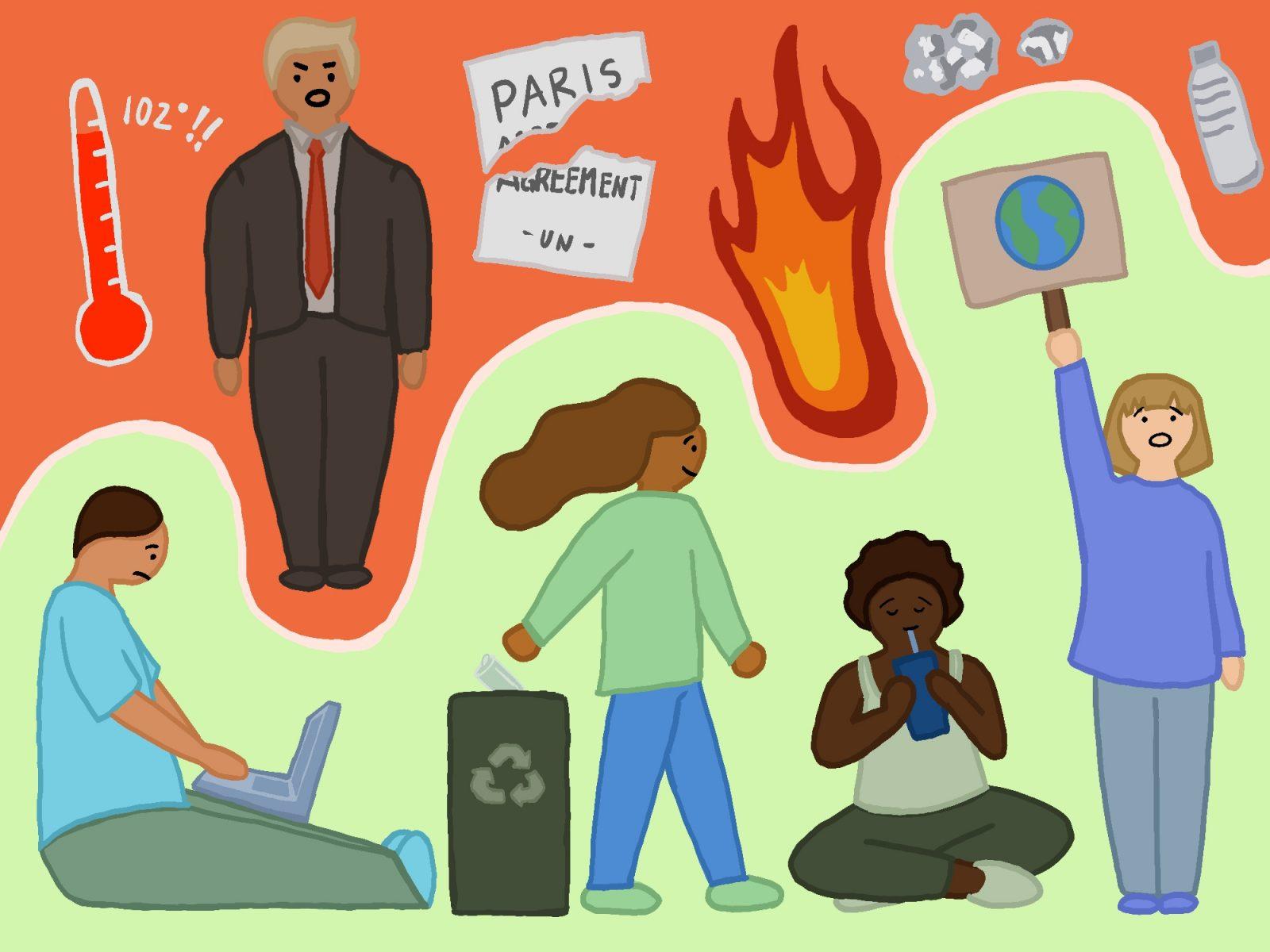With Mayor Marty Walsh soon to leave office and serve as Labor Secretary under the Biden administration, our city’s leadership must begin to address the difficulties we are left with.
The most immediate and relevant issues regard COVID-19 response and vaccinations. Boston is among 222 communities in Massachusetts that are currently at high risk, or in the “red zone.”
Bostonians now look to the new mayoral administration to work with Gov. Charlie Baker in ensuring a smooth vaccination rollout plan. The state is almost out of Phase 1, despite the slow vaccination rate.
Once Massachusetts has reached Phase 3 and the general public can be vaccinated, there needs to be an emphasis on equal distribution and access across all boroughs and neighborhoods in Boston.

A poll conducted by Suffolk University found that Massachusetts residents prioritize reopening schools. Boston Public Schools have released a tentative vaccination plan on its website, starting with students who need in-person learning the most — such as English-language learners and students with learning disabilities — on Feb. 1.
However, following the state’s timeline, teachers and K-12 education workers will receive their vaccines starting in February, but in actuality, it may be even later. Will it be a priority for the city to vaccinate teachers before in-person classes, or will they be put at risk as they await their first then second rounds of vaccinations?
We cannot leave our educators floundering without vital protection of their health.
Boston is also notorious for the achievement and funding gap within its public school system. As such, the new mayor must ensure all public schools have the same resources and facilities — such as nurses, health equipment, access to testing, cleaning supplies and more — to be a coronavirus-safe space for all students and employees.
The same Suffolk University poll reported residents thought the most serious issue plaguing Massachusetts was racism, with unemployment trailing behind. The majority of those surveyed voted in favor of police budget reduction. Walsh was able to do just that.
He signed the Mayor’s Pledge by the Obama Foundation’s My Brother’s Keeper Alliance in 2020. He also announced a plan to reallocate $12 million from the Boston Police Department.
Since then, a Boston Police Reform Task Force, Civilian Review Board and Office of Police Accountability and Transparency have been formed. An ordinance to restrict — not ban — police use of crowd-control weapons was passed by the Boston City Council in December.
As promised, the Council also passed a 2021 operating budget — revised by Walsh — to accommodate for the public health crisis and the reallocate the police budget to mental health services, minority-owned businesses, housing support and more.
A good start, but only a start at that.
Council members noted how overtime costs were built into the police union’s contract. Those who voted in favor of the budget pushed for the further reallocation of police funds and renegotiation of the contract. Those who voted against were even more adamant — $12 million was “a bare minimum response,” City Councilor Andrea Campbell said, and they were tired of gradual change.
Twelve million dollars is only 20 percent of the police budget. Imagine if we were to reallocate an even higher amount toward programs that are actually successful at protecting and helping people, rather than one that fails to protect and actively harms citizens.
Systemic racism extends far beyond the police department, though. It shows up significantly in the housing segregation and gentrification of Boston.
The Fair Housing Zoning Amendment was recently approved — its successful implementation will be crucial in desegregating Boston and increasing housing affordability. Walsh’s successor should build on his efforts by working to desegregate the city’s schools.
Boston is also, unfortunately, ranked the third most intensely gentrified city in the United States from 2013-2017, according to a National Community Reinvestment Coalition study. Passing a rent control policy or restricting large-scale developments in certain neighborhoods could help us lose this disgraceful title.
Hostile, anti-homeless architecture — such as the recently removed spikes under the Route 2 bridge and the armrests on Massachusetts Bay Transportation Authority benches — have also riddled Boston.
Such installations need to be removed and banned from future city developments. In their place, Boston should work toward building safe spaces for people without homes and integrating friendly designs into its landscape.
On a brighter note, Boston’s interim mayor, Kim Janey, will make history as the first woman of color in office, and we’re looking forward to seeing what issues she chooses to tackle first and how she will build upon the progress we have already made.
And as we look toward the mayoral race in the coming months, we must continue to hold our elected officials to their promises and push Boston to become a city that doesn’t thrive off of inequalities but rather fosters communities of growth and equality.

